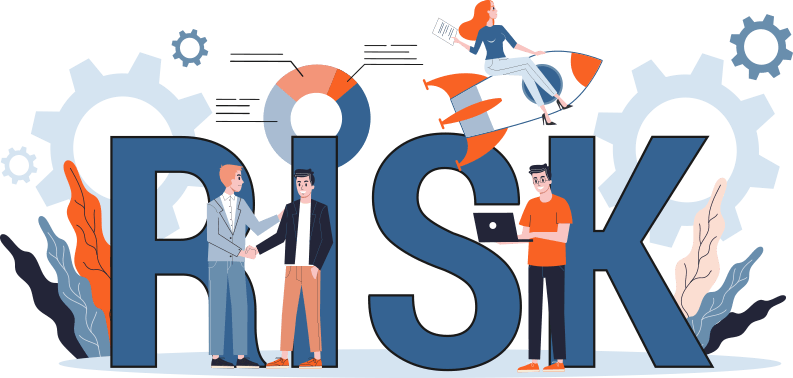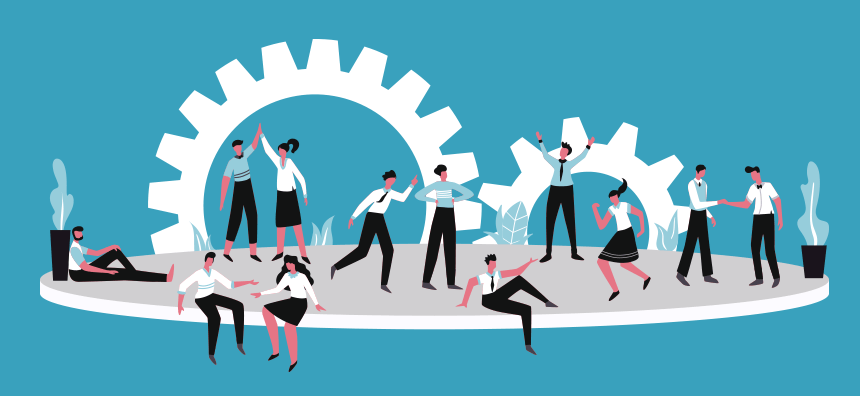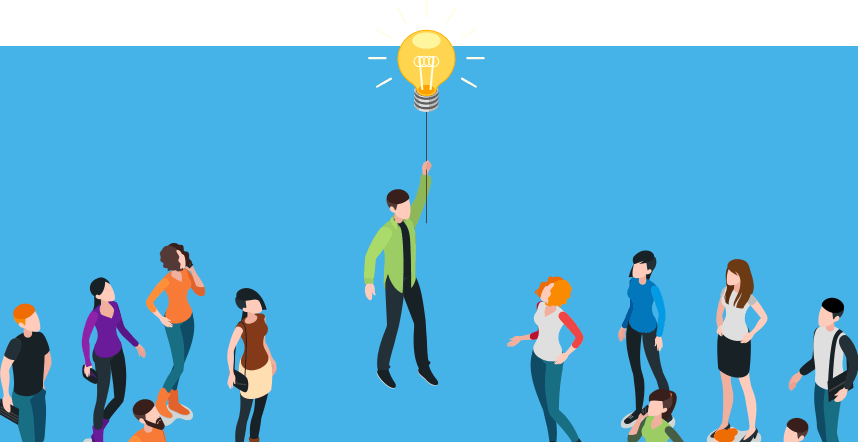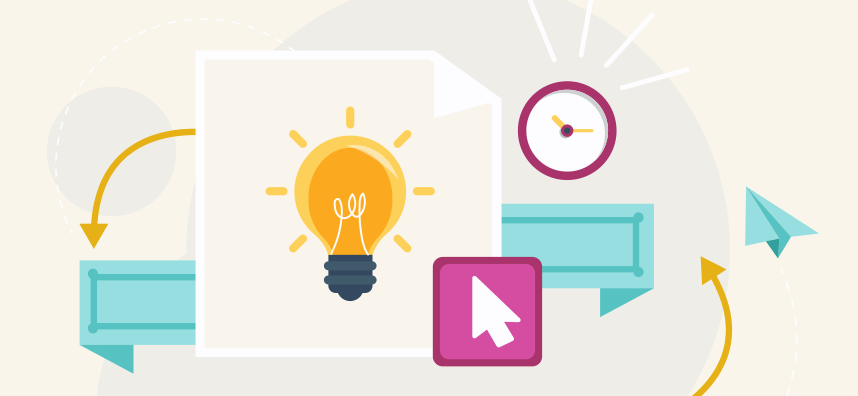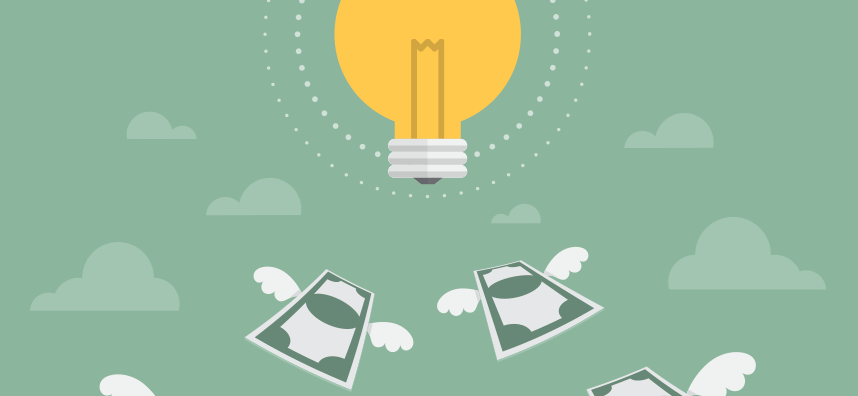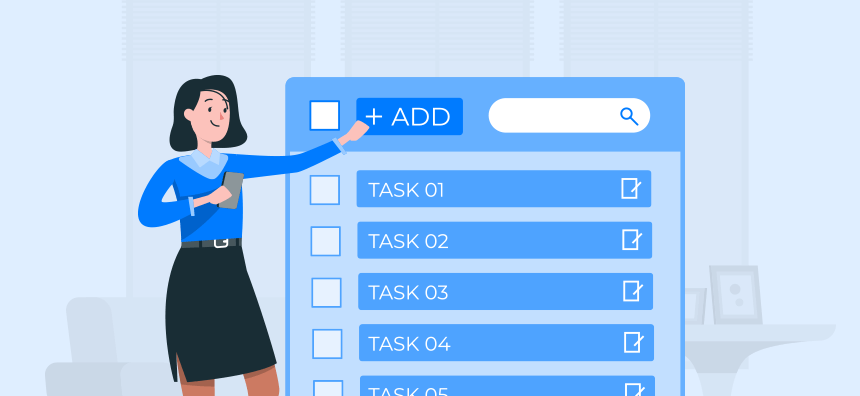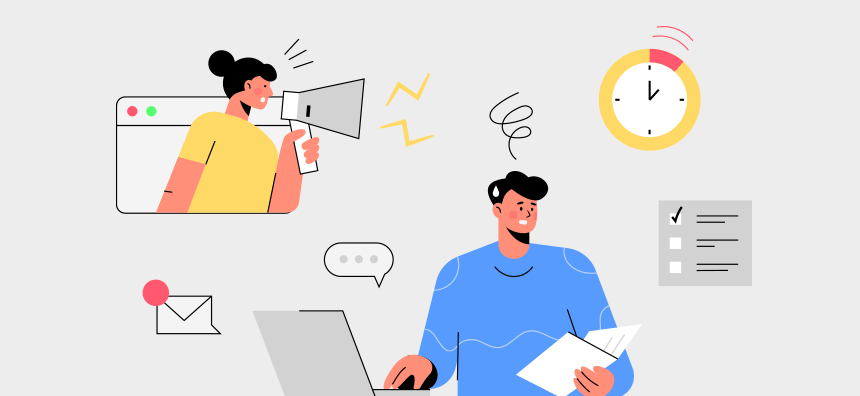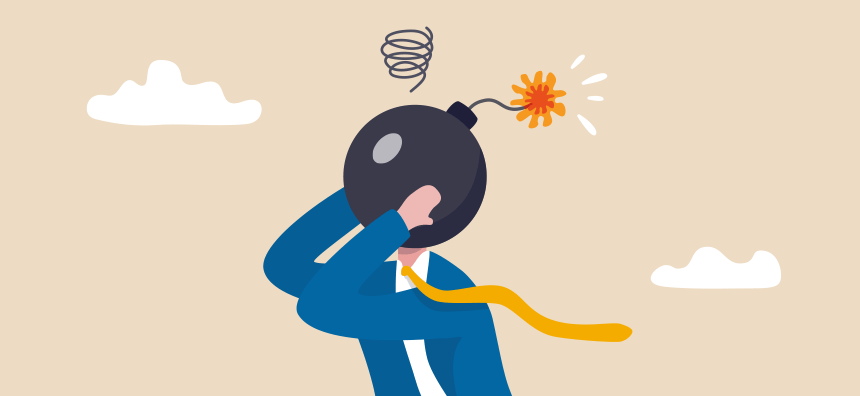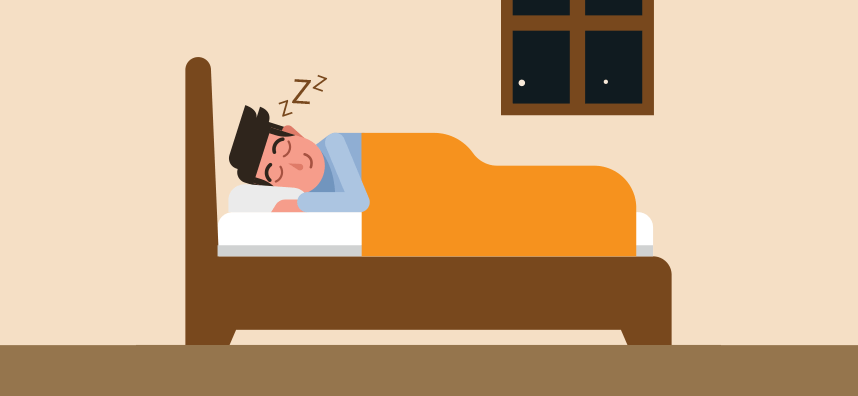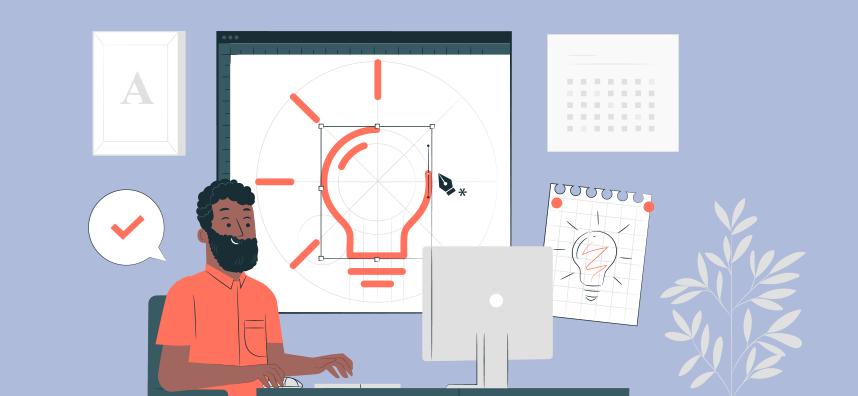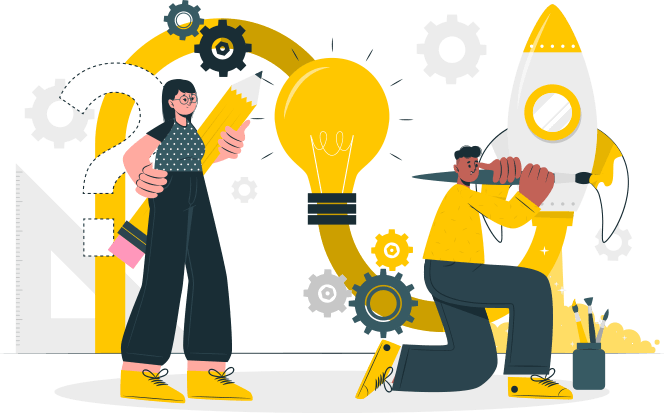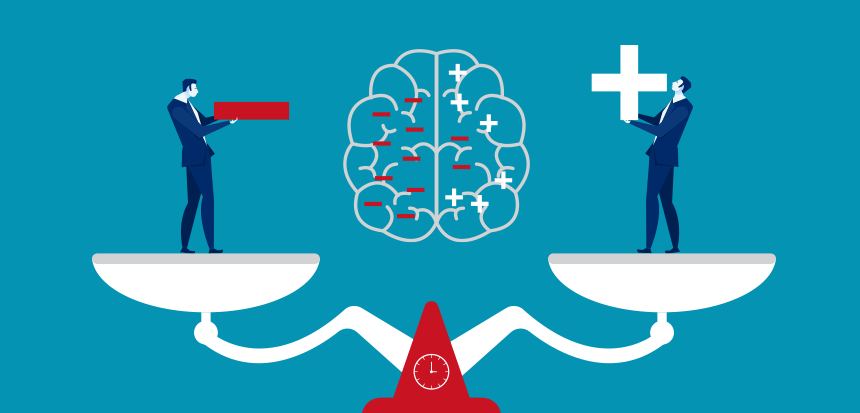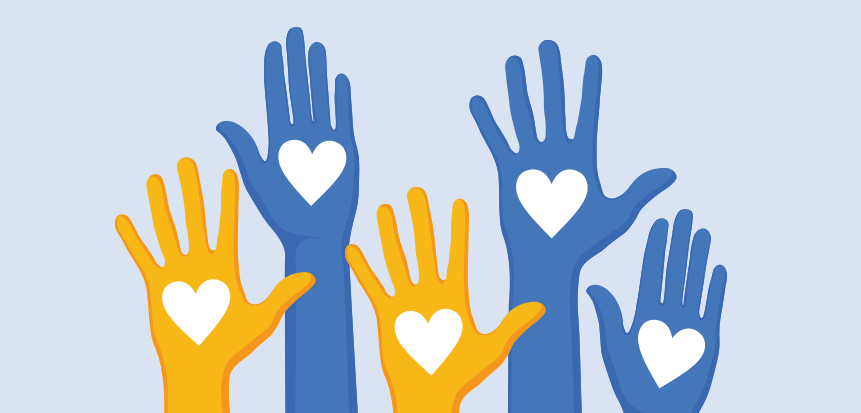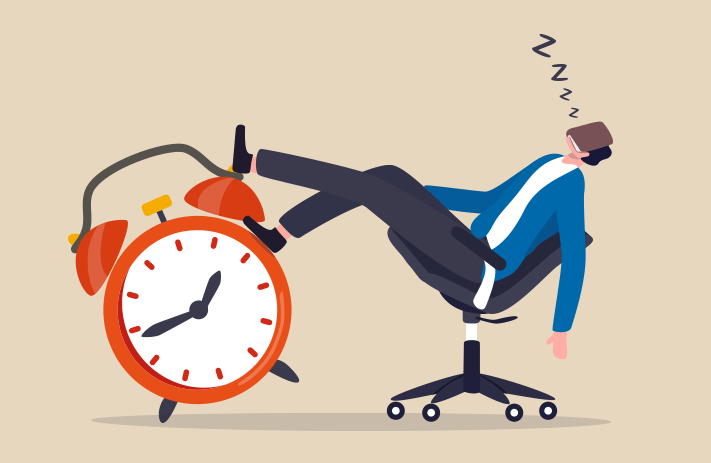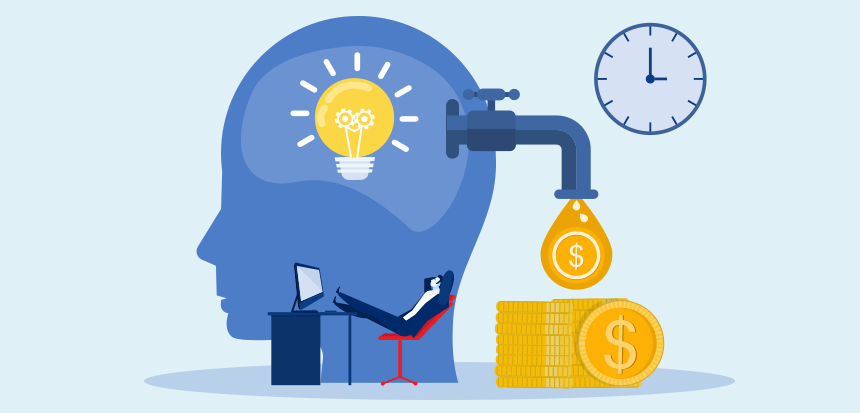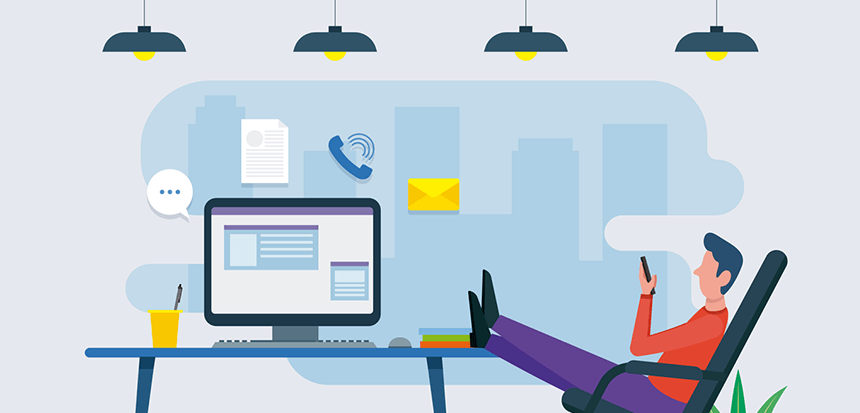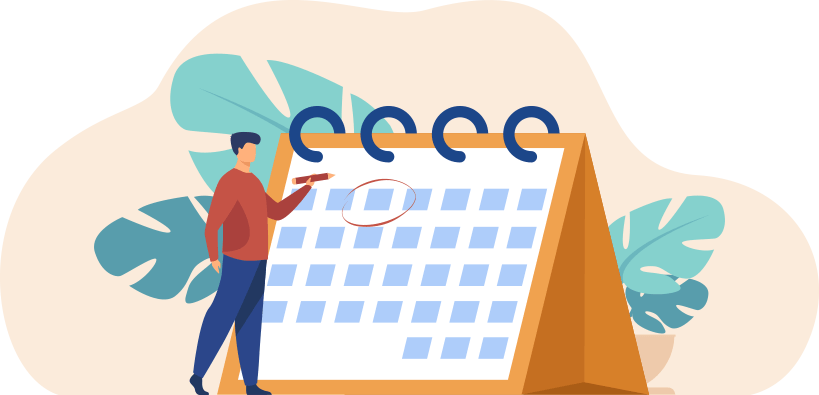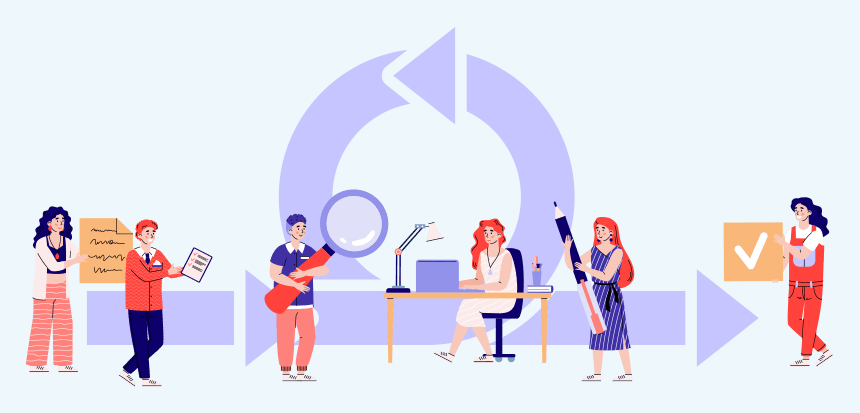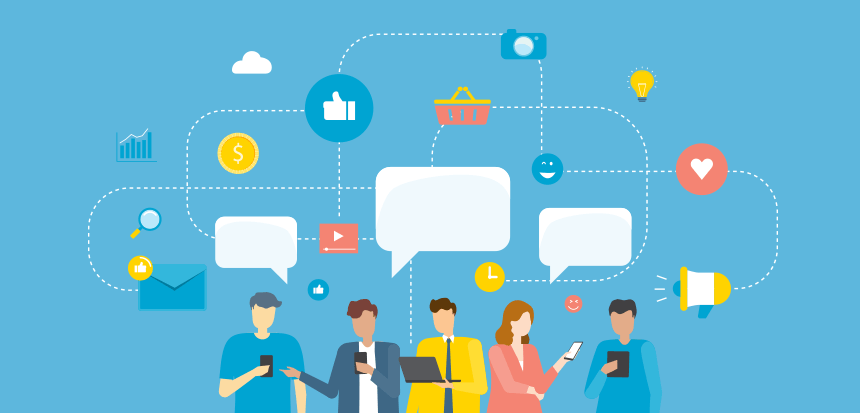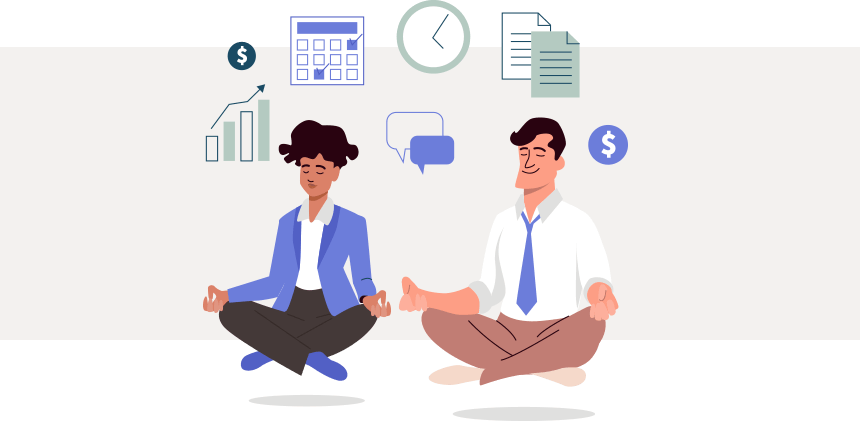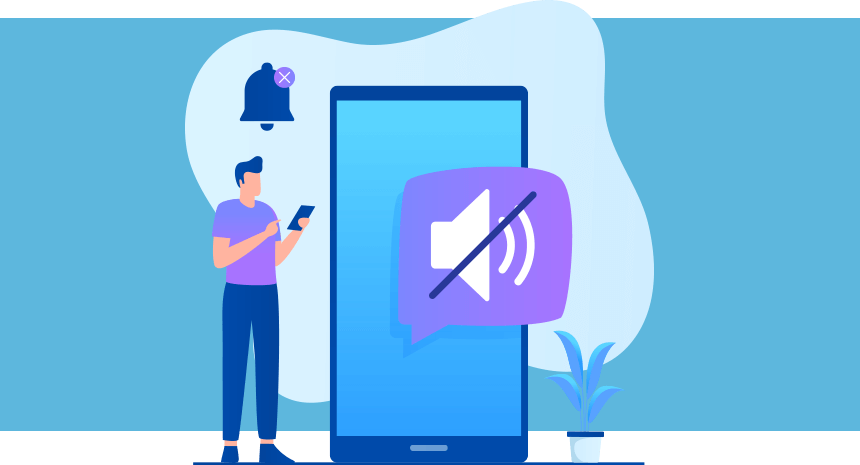We hear and read so much about employee or workforce performance—how to measure it and how to evaluate it. But what about workforce productivity?
At the end of the day, are they the same, or perhaps even interchangeable?
The quick answer to that is a resounding no, but it’s probably a good idea to delve into some of the reasons why they’re different. And from there, discuss how to increase workforce productivity.
The Difference Between Performance and Workforce Productivity
Merriam-Webster defines performance as “the execution of an action.” The Oxford Dictionary goes a bit further and defines it as “the action or process of carrying out or accomplishing an action, task, or function.”
Each employee has a task, no matter how documented and specific or how broad and vague. Employers have expectations around how successfully those tasks are carried out—how well employees perform in the execution of those tasks. And they will have different ways of measuring performance, typically some agreed-upon criteria such as goals, objectives, KPIs, and so on.
But what about workforce productivity? How does it differ?
First, good performance doesn’t automatically translate to increased productivity. Believing that better performers must also be more productive is believing a fallacy.
The reality is that performance does not mean you produced a single thing. It only means you did something that met some predefined standard. The truly alarming part of this is that pushing for increased performance often comes at the cost of productivity.
Think about that for a moment. How often do workplaces demand nothing more than improved performance from their employees? Perhaps you’re one of them. But understanding the possible costs of that should compel you to better understand workforce productivity and how to increase it.
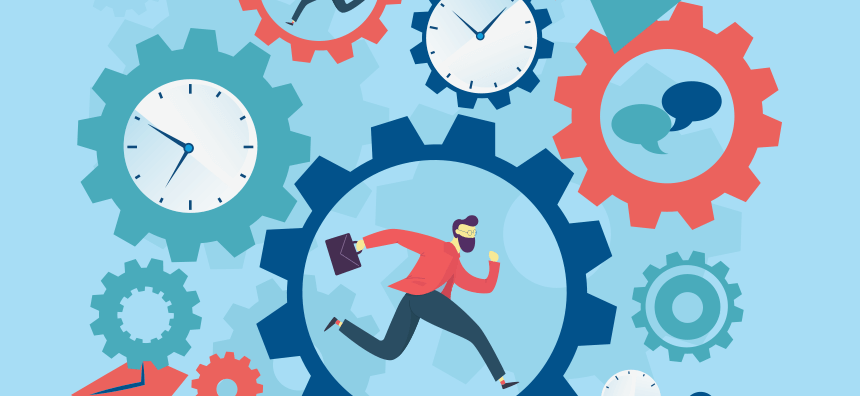
The Need to Increase Workforce Productivity
Now, more than ever, leaders need to understand what to do to meet the challenges of workforce productivity. Is there some sort of workforce productivity formula in place already and if so, does it need improving?
The workforce and its expectations changed considerably during the pandemic. It may be necessary to change how you lead workforce productivity as well. But don’t be alarmed, since improvements don’t need to mean implementing expensive incentives. If you simply keep your focus on developing a more engaged workforce, you’ll be on the right track since engaged employees tend to be more productive.
A Gallup Poll conducted before the pandemic showed that only a third of employees are engaged on the job—and that disengagement was costing American companies between $450 and $550 billion a year in things like increased turnover and productivity.

How to Increase Workforce Productivity – 8 Tips
When we look back on our post-pandemic years, will things be worse? Or will businesses realize how transformative this time is, that where and how employees work aren’t the only concerns? That in the final analysis, involving and empowering their workforce, is what increases engagement and productivity?
1. Provide Continuous Learning Opportunities
There are a lot of ways to invest in your people. Better yet, there are ways to invest in your workforce that ultimately benefit you.
Organizations that provide opportunities for continuous learning or continuing education get increased engagement and productivity in return. By offering a means for your employees to build on existing strengths and gain knowledge, you give them the means to gain both personal and professional development. Again, the payback is an engaged, committed, and loyal workforce.
Companies that foster such a culture aren’t limited to providing in-house training and development. They can also offer to pay for all or part of tuition costs to further their education. For example, helping an employee earn their MBA (Master of Business Administration) benefits everyone.
2. Give Them the Technology They Need
Don’t be “so last century.” As in, don’t expect workforce productivity when you’re asking your team to work with dark-age methods.
Living today means we have the tools, software, or technology to do almost anything quickly and efficiently. If you’re slow to—or never—provide such tools, you can expect your employees to be frustrated and unproductive.
The Gallup Poll mentioned above—the one where two-thirds of the American workforce claims to be disengaged—shares another not-so-surprising statistic. Less than half of American employees feel their employers provide them with the technology they need to do their jobs effectively.
Do you see the correlation there? A lack of technology equals disengaged employees. Disengaged employees equal a lack of productivity.

3. Offer the Best Workplace Conditions Possible
And yes, that means allowing them to work from home—if possible.
If not, what can be done to improve working conditions? No one wants to feel as if they’re working in a cell. Here are a few ideas:
Provide Natural Light. Everyone functions better when they get enough natural light during the day. They even sleep longer—that night in bed, not during the day at the office! And of course, sleeping better means better productivity since they’re better able to focus.
If you can’t bash out walls to create windows, do your best at providing artificial lighting that’s as close to natural as you can achieve.
Go Green. No, not eco-friendly. Add plants throughout the office. Not only do they help increase productivity, adding plants has a lot of other benefits as well. Here are a few that could have, at least, a tangential impact on workplace productivity.
Plants help to:
- Reduce stress
- Reduce sickness and absenteeism
- Reduce noise levels
- Boost creativity
Color Matters. Research on office color schemes shows that all-white walls are the last thing you should have at work because they make employees error-prone. Instead, you could use green, which helps to motivate, or blue, which boosts creativity.

4. Allow Flexible Schedules
As a people, we’re all very different, even when it comes to things like what hours of the day we’re most productive. For morning people, those early hours are prime time, but others could still be dragging and close to brain-dead.
How many people working the corporate 9 to 5 grind are most productive before 9 or after 5? Meaning that there’s a good chance a frightening percentage of corporate Americans will never be at their best in terms of productivity.
If you’re old-school and determined to hang on to the rule of 9 to 5, chew on that for a while. When you’re done chewing, consider these alternatives. And don’t worry, the first isn’t too unorthodox.
Break Up the Day. Instead of putting in one long day, consider letting staff break it up by allowing them a longer break midday. This will mean starting earlier or staying later, but that extra time in the middle to do whatever they need to do to rejuvenate could mean a world of difference to them and a far more productive employee for you.
Offer options around personal schedules. Some may be those crazy morning people mentioned above who want to start a few hours early. Others may prefer to add their hours to the end of the day, and still others may want to split the hours between before and after work.
Offer the Option of Remote Work. When the world sent their office employees home to work in the spring of 2020, those employees proved something. They proved they didn’t need to be in some corporate office to be efficient and productive.
Even before the pandemic, 65% of employees said they were more productive when not working at the office and nearly half said they wished a work from home option was a company benefit. As a post-pandemic life begins to appear, employees are now demanding they be allowed to continue working from home—or else they are quitting.
The consequences of employees quitting are the exact opposite of what companies are trying to achieve. An increase in workplace productivity.

5. Focus on Company Culture, Not Hierarchy
A growing body of research shows that positive workplace environments have a dramatic impact on everyone in the organization and ultimately the bottom line. Simply put, positive work cultures are more productive.
Cutthroat organizations, where it’s every man for himself, increase individual stress. Everyone is disengaged, and those in the lower ranks of any given hierarchy are stressed to the point that their chances of heart attacks and death are significantly increased. There is no question that the type of leadership that produces and fosters stress is bad for productivity. Dead employees tend to be unproductive, right?
Companies that put their focus on building positive cultures—cultures with an engaged workforce that has a shared vision based on ethics and goals, see increased workplace productivity.
6. Train Your Team Well
Asking or expecting your team to be productive when you haven’t provided sufficient training will get the expected outcome. It will get you nowhere. But ensuring you provide or teach your workforce with the knowledge or necessary skills to do their jobs can get you closer to your productivity goals.
This may mean mentoring and/or hands-on training. This gives employees the chance to try out what they’re learning and gain confidence. It also offers the opportunity to tweak things if necessary, ensuring processes work for them individually. Of course, this may not always be possible.
Finally, let employees learn at their own pace. Rushing them through training is only going to cost you in the end. They won’t have the needed time to make sense of what they’re learning or the time to test things out to be sure they work.

7. Foster Open Communication
Want to have a successful, productive company? Create an environment that encourages open communication. This leads to employees who are more engaged—and we’ve already determined that the more engaged they are, the more productive they are. They also care more about the success of your business, knowing the role they play in it. Effective, open communication keeps everyone on the same page moving toward shared goals.
This type of communication takes effort. It will mean taking time to regularly speak with your employees about their personal and professional goals, but it will create accountability—for the employee and management. But in the end, the benefits will pay off. Your workforce will have better job satisfaction, less stress, increased loyalty, and a stronger sense of respect throughout the organization.
8. Match Tasks to Skills and Personalities
It only makes sense to match your employees’ skills and behavioral styles with the tasks you assign them. Asking them to do something that doesn’t match their skill-set is unproductive.
Improved job satisfaction and engagement are often associated with workers whose skills are matched with their roles. This increases workplace productivity and general happiness on the job.
Don’t expect employees to be great at everything, but be sure to capitalize on what they’re good at.
Conclusion
These are challenging times for many organizations. Knowing how to increase workplace productivity and keep employees engaged and happy is more important than ever.
If you take note of the steps above and pay attention to the needs of your organization plus the needs of teams, you’re well on the way to achieving your goals.
Is there a workforce productivity formula to calculate or measure? Perhaps. But as a leader, take the time to personally understand the needs of your employees. They are more than a number that make up a formula. They’re your tomorrow. Make it a productive one.


